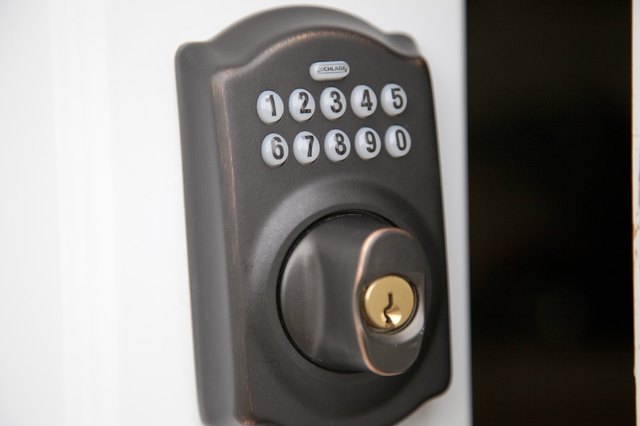

- #Change to keypad layout lollipop update#
- #Change to keypad layout lollipop upgrade#
- #Change to keypad layout lollipop full#
- #Change to keypad layout lollipop software#
There's also the option for a custom colour, although only 16 colours are on offer. The latter option contains a range of options that changes the colour for app headers, highlights, backgrounds of switches and so on. Sense 7.0 on Marshmallow cleans this up further, shrinking the time slightly, making the date clearer and removing the top line dividing that information from the operator (as seen below). That was something that was missing in Sense 6 on Lollipop, but remember you can also turn the torch on with an "Ok Google" voice command. The flashlight has now been added in Sense 7, so if you want to turn the torch on, it's only a couple of taps away. Quick settingsĪ double swipe down, or a two-finger swipe will open quick settings, as standard for Android. If you wanted a little more space when messaging, you lose it again, as it pops up as soon as the keyboard appears.
#Change to keypad layout lollipop full#
We also like the option to hide the navigation bar although some Android apps default to full screen (like games and media apps), if you want to remove those nav controls when browsing Twitter or Facebook, you can.Īnnoyingly the navigation bar doesn't stay hidden when you open the keyboard. Of these, notifications (for quick access without a swipe) and hide navigation bar, are of immediate interest. The quick settings option is almost irrelevant - as the notifications shortcut will also open the quick settings with a second press.įor those with smaller hands, being able to tap a button on the navigation bar rather than stretch up to swipe down notifications is a real bonus. Then you have to option to add one of the following: turn off screen, notifications, hide navigation bar, quick settings, and auto rotate. You can change the order, so if you're left- or right-handed you can switch things around to suit how you hold the phone. You can have up to four controls on the navigation bar, but you cannot de-select the standard back, home and recent apps. It's great to see this option coming to Sense, as others - like LG - have been offering this for some time. Sense 7.0: Customise navigation controlsĬustomisation is one of the big themes in Sense 7.0 and the navigation controls get some genuinely useful additions.
#Change to keypad layout lollipop update#
It doesn't look as clean as it did before, and with the update to Marshmallow, the bar seems to have been dissolved away. In the original Sense 7.0 on Lollipop the navigation controls were sitting on a grey background in recent apps, rather than float as they did in Sense 6.0. Hit the recent apps button and it will spring into the (old) grid view by default, with the option to switch to the card-style view that is more in keeping with stock Android and we find it much nicer to use when switching apps. They're slightly smaller now so they take up a little less space, meaning you have a little more room for notification icons rather than system icons. HTC's aim has been to nip and tuck, to fix things that didn't work well, rather than introduce swathes of new features.Īround the home screen you'll see that the top icons have been refined.

The look and feel is very similar, just as the M9 and the M8 are very close in appearance. HTC Sense 7.0 isn't a huge change from HTC Sense 6.0.
#Change to keypad layout lollipop software#
This unbundling means that updates are more loosely tied to software versions, but we'll cover them here where appropriate so you know what all the changes are. For example, HTC Gallery is updatable through Google Play, so you could receive some changes to an existing device without that step to Sense 7.
#Change to keypad layout lollipop upgrade#
That means that it isn't necessary to have a complete Sense upgrade to make a few tweaks to a specific function. Just as Google has hacked pieces off Android, HTC has been doing this for a while too. We've just mentioned that Sense 6.0 didn't have a point upgrade and in part that's due to unbundling of apps. A note on app unbundlingĪ strange place to start, perhaps, is app unbundling. Welcome to our detailed HTC Sense 7 review. So whether you've just received the update on the M8, you're an HTC fan considering the M9, or just have a penchant for a deep dive into a smartphone UX, then read on and all will be revealed. The HTC One M9 is currently still on Lollipop, the HTC One M8 is now on Marshmallow. With the HTC One M9 and the One M8 in front of us, we've been through Sense 7.0 with a fine-tooth comb. The big change here is supporting Flex Storage, which we'll talk about below. Since the launch of the M9, we've seen the update of the One M8 to Sense 7.0, along with Android 6.0 Marshmallow, and we've updated this feature to cover all bases for Sense 7. The M9 was announced at MWC 2015, hitting stores at the end of March 2015. HTC Sense 7.0 follows Sense 6.0, one of the first times we've stepped forward without an incremental point upgrade between Sense versions. (Pocket-lint) - HTC Sense 7.0 made its debut on the HTC One M9.


 0 kommentar(er)
0 kommentar(er)
